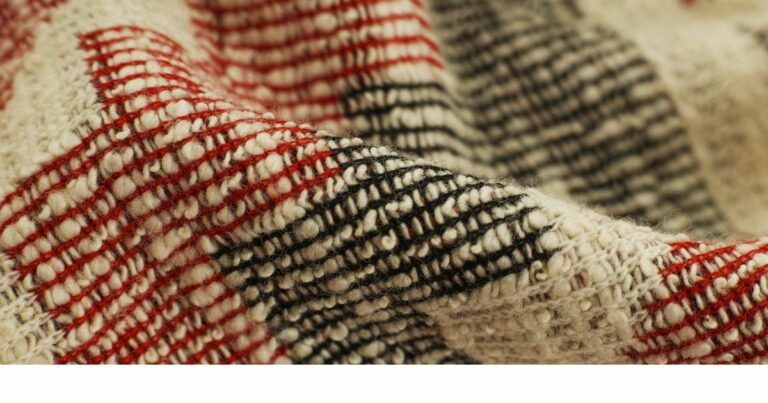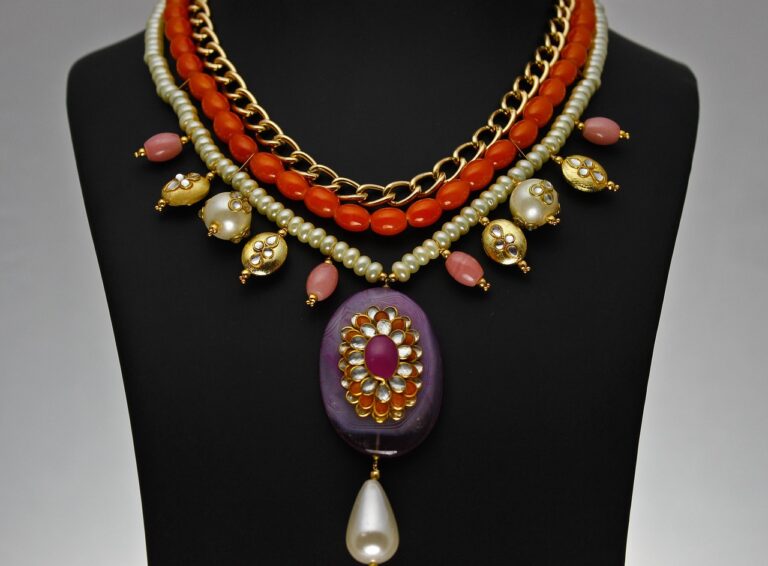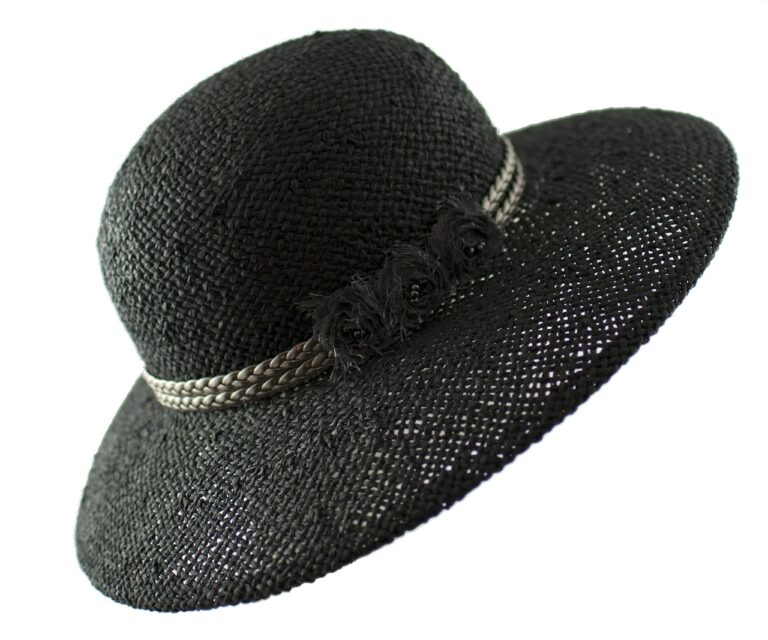Fashion and Politics: Analyzing the Symbolism of Clothing in Political Contexts
Clothing has long been a powerful tool in political campaigns, subtly conveying messages and shaping public perception. A candidate’s choice of attire can speak volumes about their personality, values, and even their stance on key issues. From bold power suits to casual denim, each outfit carefully selected for campaign appearances can influence how voters perceive a candidate’s credibility and relatability.
In addition to individual candidates, clothing can also play a significant role in shaping the overall image of a political party. Consistent color schemes or iconic accessories can help create a sense of unity and solidarity among party members and supporters. Similarly, attire worn by campaign staff and volunteers can further reinforce the messaging and branding of a political campaign, fostering a sense of cohesion and professionalism.
Historical Examples of Clothing Symbolism in Politics
Abraham Lincoln’s decision to wear a simple black suit during his presidency was a deliberate choice to convey humility and solidarity with the common people. In contrast to the lavish clothing often associated with politicians, Lincoln’s choice of attire served as a visual representation of his commitment to equality and unity during a deeply divided time in American history.
Similarly, Mahatma Gandhi’s adoption of the simple loincloth, known as a dhoti, became a powerful symbol of his anti-colonial and anti-materialism stance. By rejecting Western clothing in favor of traditional Indian attire, Gandhi not only connected with the Indian masses but also exemplified his belief in simplicity, self-reliance, and resistance against oppressive colonial rule.
How has clothing played a role in political campaigns?
Clothing has played a significant role in political campaigns as it can be used to convey messages, make a statement, or establish a connection with the audience.
Can you provide historical examples of clothing symbolism in politics?
Yes, historical examples include politicians wearing specific colors or styles to represent their party or cause, such as suffragettes wearing white to symbolize purity and virtue.
How does clothing symbolism impact public perception of political figures?
Clothing symbolism can impact public perception by influencing how a politician is perceived in terms of their values, beliefs, and priorities. It can also help create a sense of unity among supporters.
Is clothing symbolism in politics a recent phenomenon?
No, clothing symbolism in politics has been around for centuries and has been used by leaders and activists to communicate their message and gain support for their cause.






